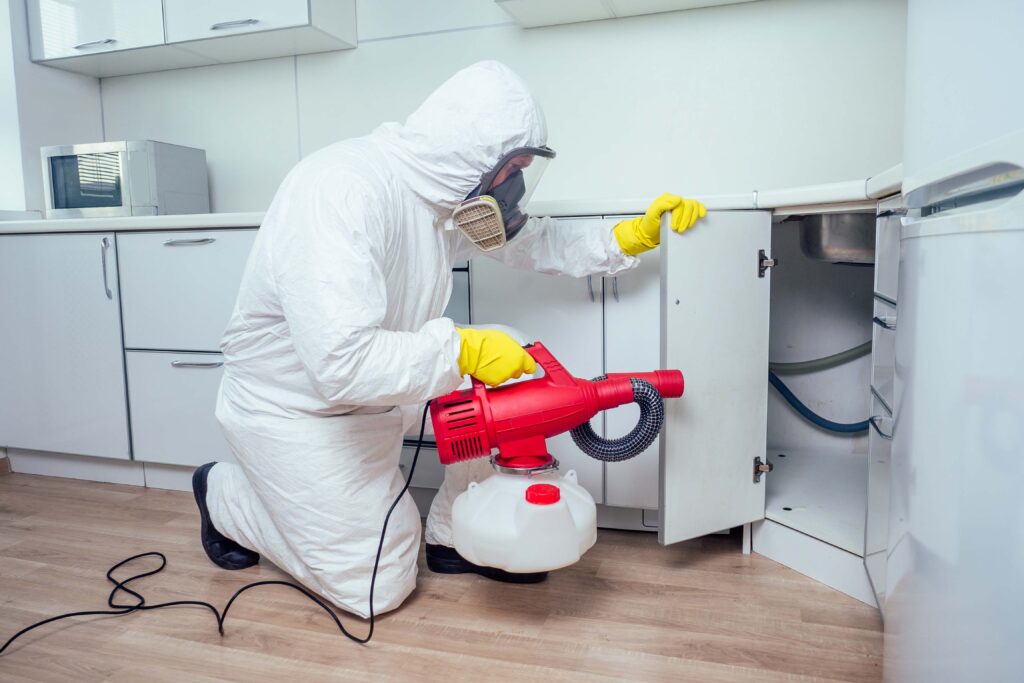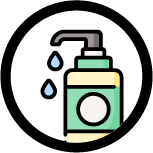
PESTEX SANITATION
Sanitation is a key part of any pest control plan. Our Sanitation service applies professional sanitation training and employs a multi-pronged approach that seeks to deny access to your space and eliminate the pests access to things that attract them like food, water, and shelter.
Sanitation typically involves:
- Removal of food sources:
Pests are attracted to food scraps, crumbs, and spills. Regular cleaning, particularly in kitchens and dining areas, removes these attractants.
- Elimination of water sources:
Leaky pipes, standing water, and moisture-prone areas provide essential water for pests. Eliminating these sources makes the environment less hospitable.
- Reduction of hiding & nesting spots:
Sanitizing an area involves removing clutter and debris where pests can hide and build nests. This includes cleaning storage areas and regularly emptying garbage.
- Exclusion:
Sanitation can include exclusion which is done by sealing cracks, gaps, and holes in a building’s structure to prevent pests from getting inside. This can involve repairing screens, weather stripping, and sealing crevices.

Examples of sanitation practices
Cleaning grease traps, wiping down all surfaces, and using properly tied garbage bags in well-maintained dumpsters are crucial.
Regularly cleaning up crumbs and spills, taking out the trash, and sealing cracks around pipes, windows, and doors can prevent pests in homes.
Keeping break rooms, lobbies, and laundry rooms clean and clutter-free helps prevent pest issues.
Why sanitation is essential
Sanitation is the foundation for all other pest control efforts. It can significantly reduce the number of pests and minimize the need for chemical treatments.
Proper sanitation not only controls pests but also helps maintain a safe and healthy environment for employees and customers
SCHEDULE YOUR FREE INSPECTION TODAY!
